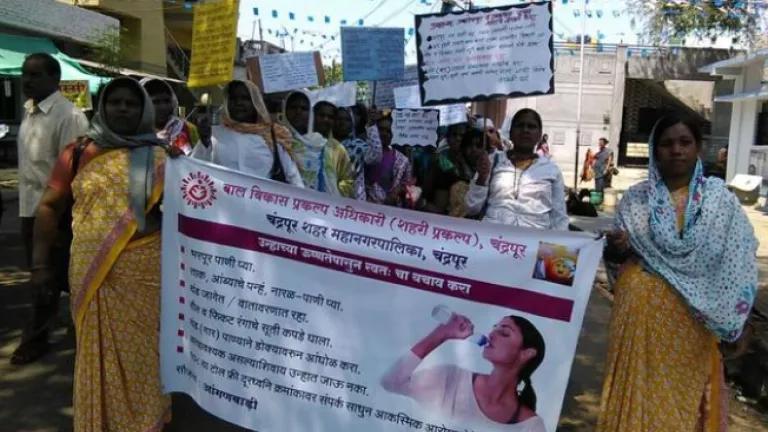Combating Climate Change: Spotlight on India

We are celebrating a special milestone this week: the tenth year of NRDC’s engagement in India. As the home of 1.3 billion people, and one of the fastest-growing large economies in the world, India is a central figure in the story of how climate change already harms us—and how we can minimize future harm.
Prime Minister Modi has repeatedly vowed support for combating climate change, calling it “our duty to protect Mother Earth.” India also recognizes that acting on climate change is in its own national interests. This fact was made even clearer in recent months by a string of high-profile reports that affirmed the world’s need to rapidly drive down climate-changing pollution and to protect people from the present day impacts of climate change.
According to the most recent report from the Intergovernmental Panel on Climate Change, India’s economy will be among the hardest hit if the world reaches 2 degrees Celsius of warming. Air pollution has a huge effect on India, killing an estimated 1.24 million people prematurely in 2017. Longer and more severe heat waves, a symptom of climate change, are also exposing millions more people in India to unhealthy conditions and imposing grave economic harms. For example, extreme heat forced Indian workers—mostly in the agricultural sector—to miss nearly 75 billion hours of work in 2017, compared to 43 billion hours in 2000.
Climate change has the potential to reverse a century of gains in public health, particularly in low- and middle-income countries. As a global team of medical experts put it in the latest Lancet Countdown report: “It is clear that the nature and scale of the response to climate change will be the determining factor in shaping the health of nations for centuries to come.”
The good news is that India is already taking action to protect people from the current and future harms of climate change. Under the Paris Agreement, India has committed to installing 40 percent of its electric capacity from non-fossil sources and to reducing its emissions intensity by 33 to 35 percent below 2005 levels. India has already made solid progress in achieving these targets, and Prime Minister Modi has talked about going beyond.
Taking a cue from the strong and unequivocal national policy on combating climate change, cities and states across the country have put in place programs to be climate ready. At the Global Climate Action Summit in September 2018, leaders from Indian cities and states launched and new plans for strengthening resilience to extreme heat waves, protecting inhabitants from air pollution, making buildings more energy efficient, expanding clean transportation, and enhancing clean energy access. NRDC has been privileged to partner with some of the best organizations in India on implementing each of these initiatives.
As the world meets in Katowice, Poland for the 24th session of the UN Climate Conference (COP24), India’s role has never been more pivotal in defining how the world fights climate change. Working on the ground in India we have witnessed the tremendous pace of positive change over the last ten years. However, there is still a long way to go to ensure that the people of India, and across the world, have a sustainable and just future. We reaffirm our commitment to be a part of India’s climate journey and look forward to working with our partners in making it happen.
Thank you to Sameer Kwatra and Juanita Constible for their co-authorship of this blog.




